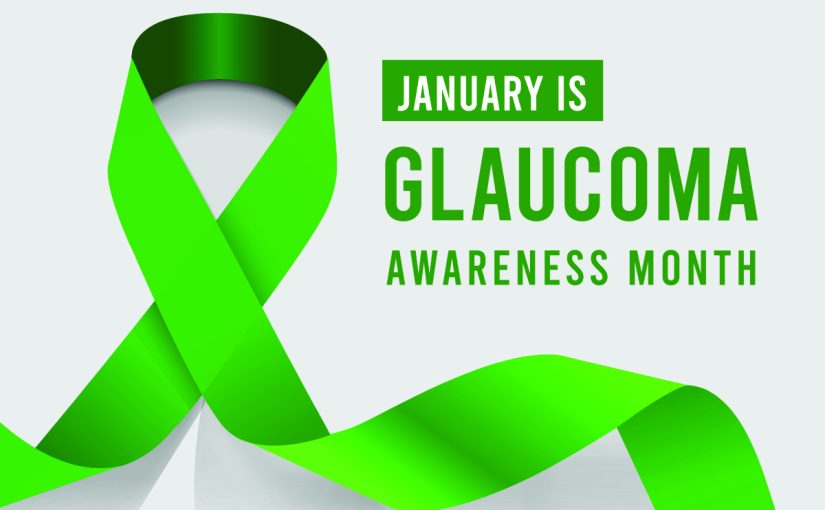January is National Glaucoma Awareness Month. Glaucoma damages the optic nerve and can lead to loss of vision and blindness. With early intervention, blindness resulting from glaucoma is often preventable. Age is the biggest risk factor when it comes to developing glaucoma, as most cases are diagnosed in those over 55. For those over 60, glaucoma is a leading cause of blindness. However, there are other factors that increase the risk of glaucoma significantly. Board-certified ophthalmologist Binoy R. Jani, M.D., explains how certain factors increase the incidence of developing glaucoma.
1. Family History
Glaucoma tends to run in families. There may be a genetic component to glaucoma based on genes causing high eye pressure that damages the optic nerve. If there is a history of glaucoma in your family, have screenings more regularly. If you know relatives were diagnosed with eye diseases, find out the nature of the problem.
2. Certain Medical Conditions
Certain medical conditions increase the risk of developing glaucoma. These conditions include:
- Diabetes
- Heart disease
- High blood pressure
- Migraines
- Sickle cell anemia
In addition, any history of a serious eye injury can increase eye pressure in the future. Some eye traumas cause lens dislocation, which increases pressure by closing the eye’s drainage angle.
3. Extreme Nearsightedness or Farsightedness
If you’re very nearsighted, or myopic, the odds of developing glaucoma double. Myopic eyes tend to be larger than average. This affects the optic nerve, making it more sensitive to ocular pressure changes. Exceptionally myopic people require regular eye examinations.
Those with extreme farsightedness, or high hyperopia, are at risk for another reason. Farsightedness may increase the likelihood of a blocked drainage system in the eye, leading to angle-closure glaucoma.
4. Ethnicity
African American, Asian and Hispanic people are at an increased risk for glaucoma development. African Americans over age 40 may have an increased glaucoma risk even though they are younger than the typical glaucoma demographic.
Those of Asian descent experience higher rates of angle-closure glaucoma.
5. Long-term Corticosteroid Use
The long-term use of corticosteroids, including eyedrops, raises the odds of developing glaucoma. If you were prescribed or used corticosteroids such as prednisone, hydrocortisone or cortisone for long periods, you may be at greater risk.
Contact Us
If you have risk factors for glaucoma or have not had a screening recently, contact the doctors at Vista Eye Specialists and schedule a consultation. Anyone aged 40 and older should have a comprehensive eye examination every one to two years for glaucoma screening. If glaucoma goes undetected and untreated, you are in danger of losing your precious sight.


